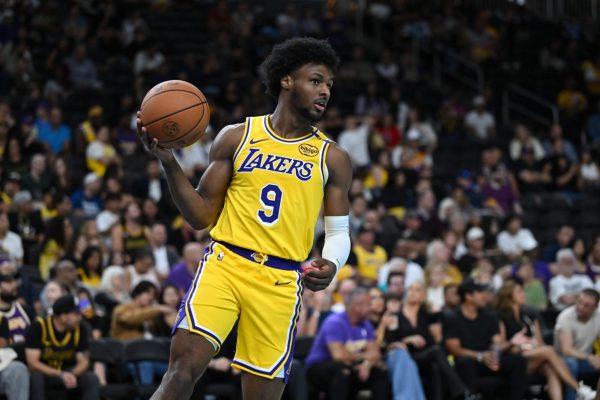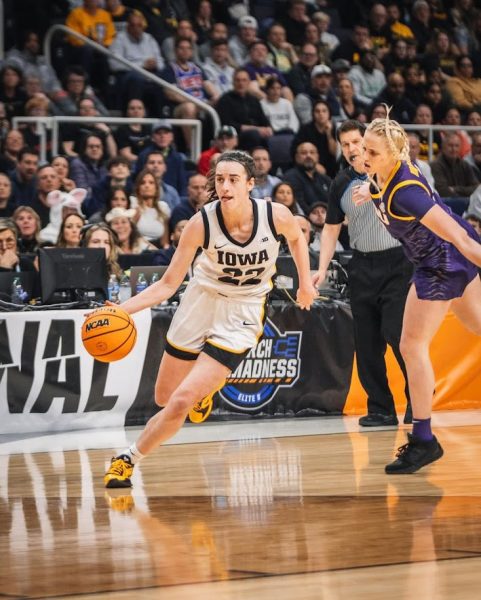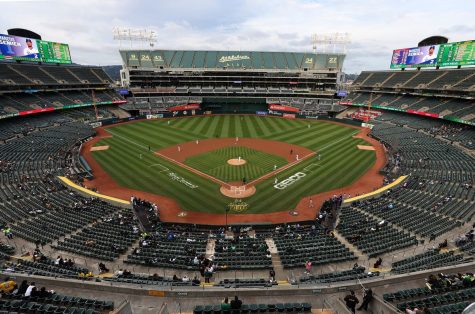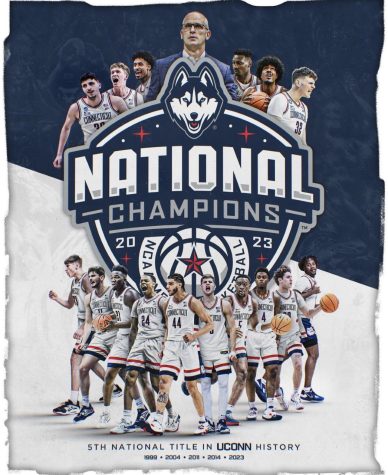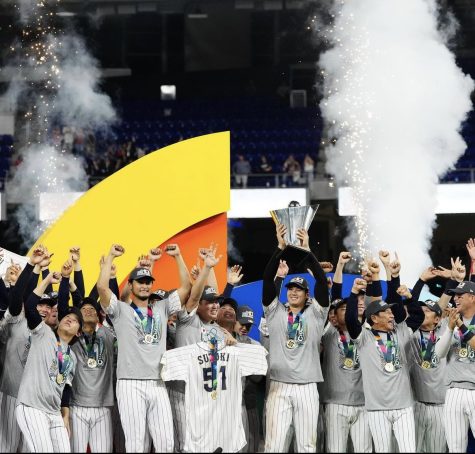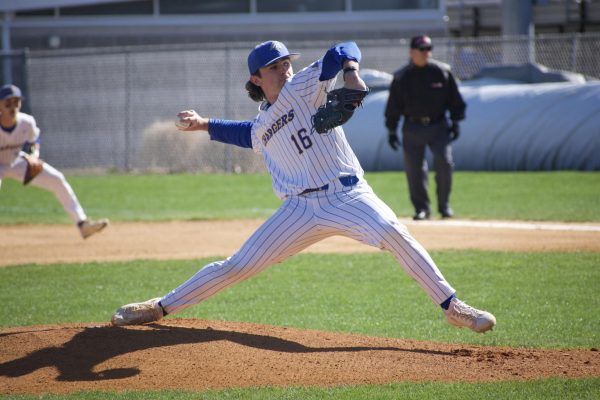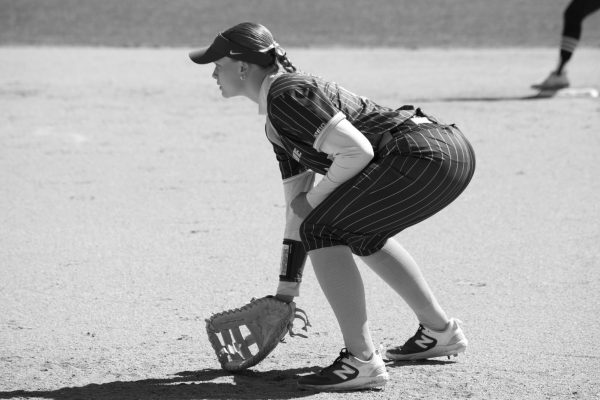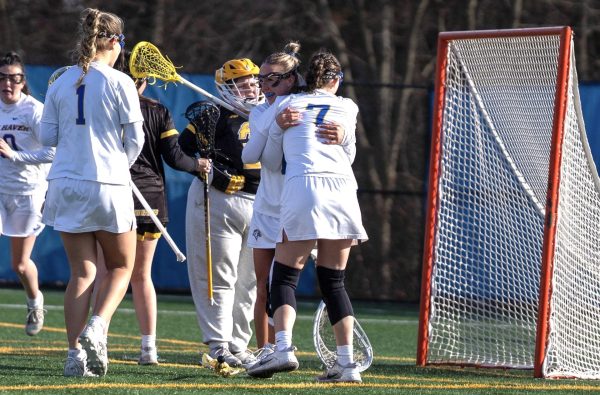Progress in the pandemic: Fans to return to New York sporting events
For the first time in almost a year, sports fans in New York will be allowed to attend events at venues with 10,000 seats or more, with proof of a negative PCR test taken within 72-hours of the game. In addition to proof of a negative PCR test, the State Department of Health will have to approve each venue. Fans will also be assigned seats and be required to remain socially distant and wear a mask.
After allowing a limited number of fans to attend the Buffalo Bills first home playoff game in 25 years, as a pilot model, Gov. Andrew Cuomo announced that fans will be allowed to attend sport and entertainment events at 10% capacity, beginning on Feb 23.
Seen as a step back to normalcy, junior forensic science major, Caitlin Estes and New York resident said that the return of fan attendance at sporting events left her “feeling like a kid on Christmas morning.”
Although it allowed for better communication between players, lack of fan attendance affected the intensity of players. According to Carrie Wicks, a sports psychologist, games are not only a competition but a performance. Even if only 10% of stands are open, players are convinced that any number of fans will bring benefits.
The New York Knicks and Brooklyn Nets were New York’s first sports teams to act on the new protocol. Madison Square Garden, home to the Knicks, allowed a crowd of about 2,000 fans in their first game back, while the Nets and the Barclay’s Center opted to start small, only allowing 300.
Despite limited capacity, Patrick Rowan, a senior national security major, sees the announcement from Cuomo as “a huge step in the right direction.”
Rowan, a die-hard Yankee fan, said he’s felt like a piece of him was missing during the 348 days fans were prohibited from attending sporting events.
“Even though there were still baseball games going on,” said Rowan, “it wasn’t the same. Games with no fans lack that level of competitiveness, the energy from players is what makes games that much more exciting,”.
However, the return of fans impacts more than players and coaches. Estes said, “Sport games are about so much more than winning and losing… Growing up, I spent a lot of time with my dad at sports games. It was our time to bond over something we have a shared interest in.”
The connection between a fan and their favorite team is like no other. A series of studies done by Daniel Wann, a psychology professor at Murray State, reveals that fans who show a higher level of identification with a team helps to feel less lonely and more relatable to their peers. Identifying with a sports team also means identifying with their fanbase.
Aside from bringing liveliness back into NY sports, the return of fans will help boost the economy as many sports franchises count on ticket sales as a major source of revenue. With the professional sports industry losing $13 billion in fan spending during the pandemic, the goal is to safely reopen the economy, while trying to mitigate the COVID-19 risk.



